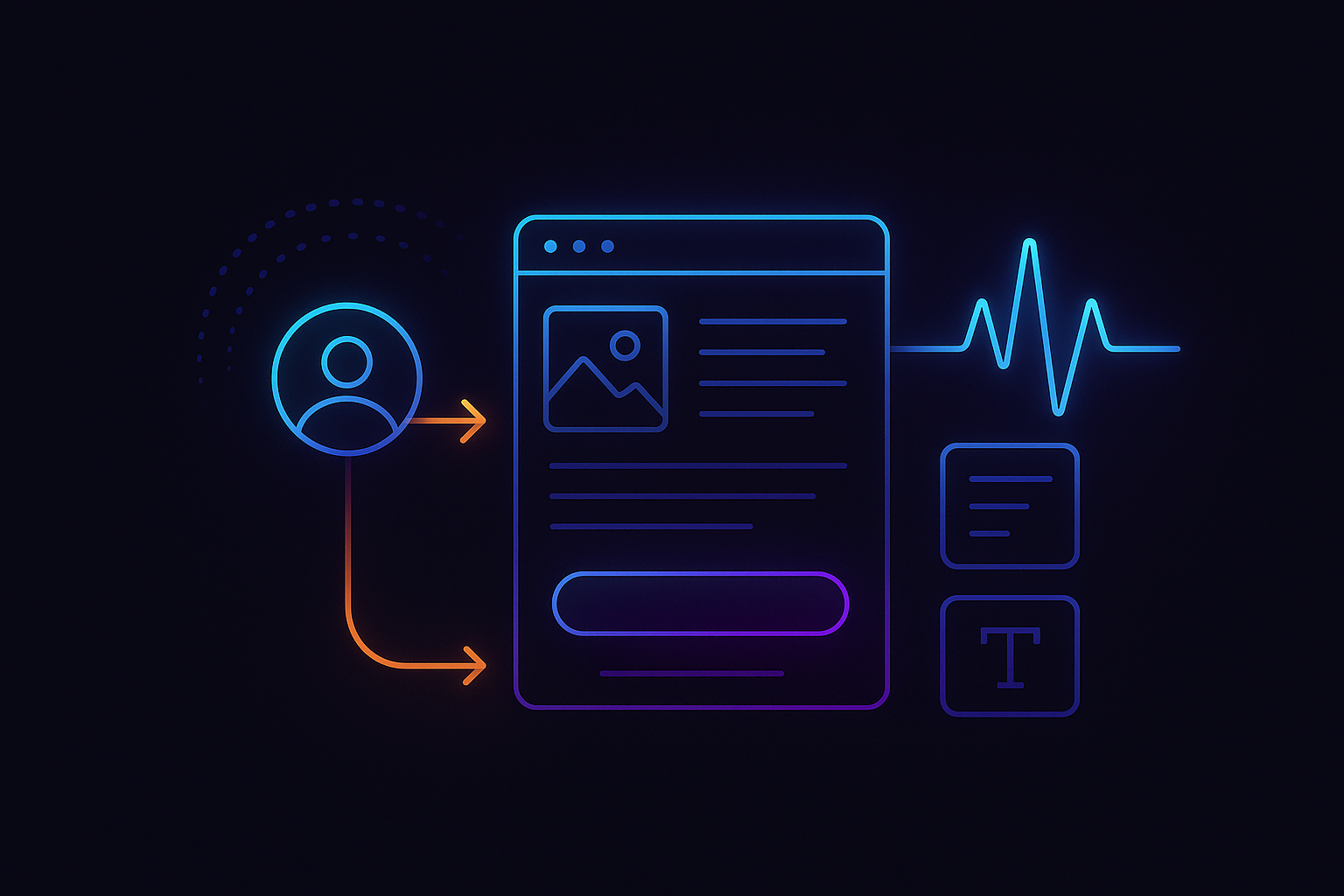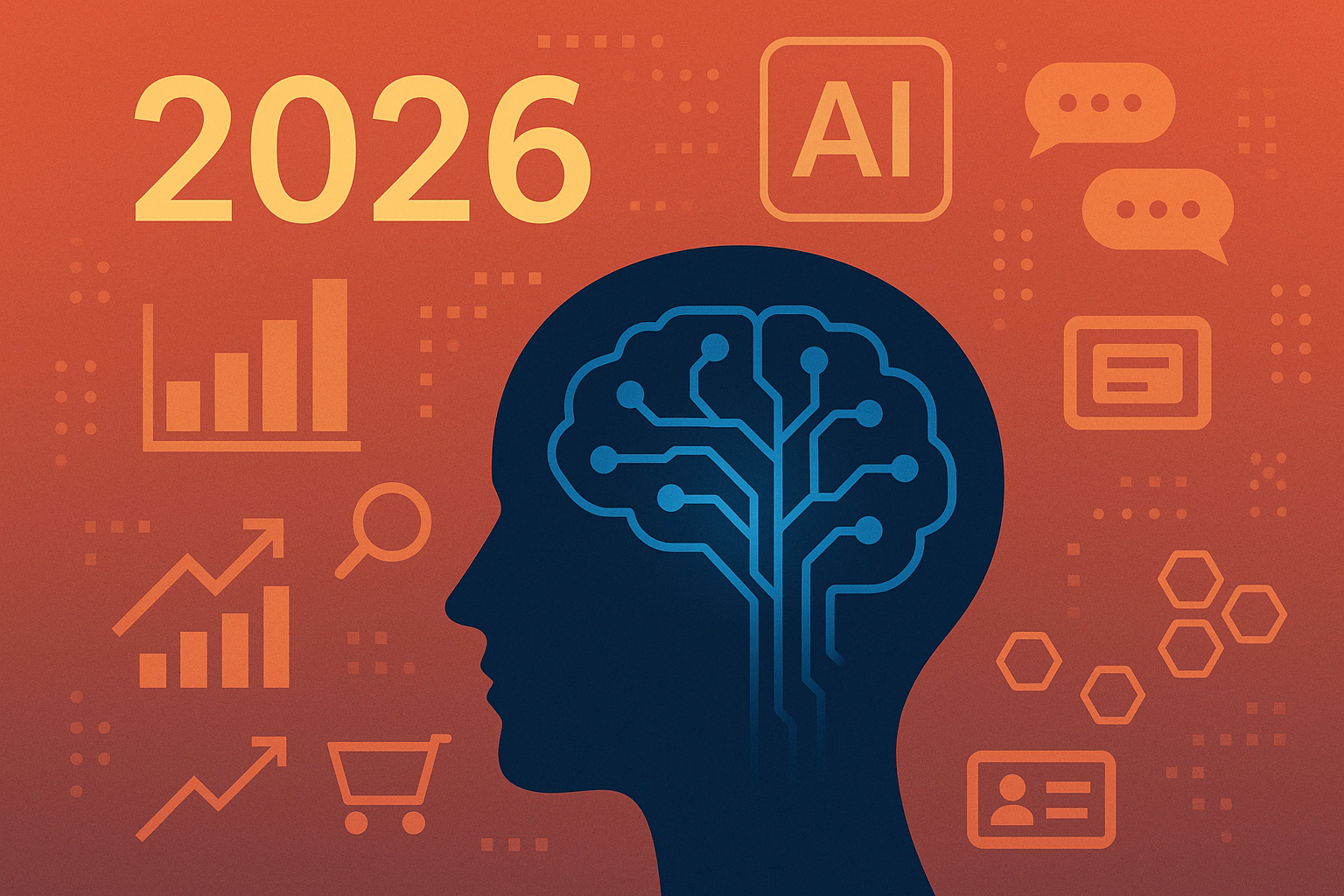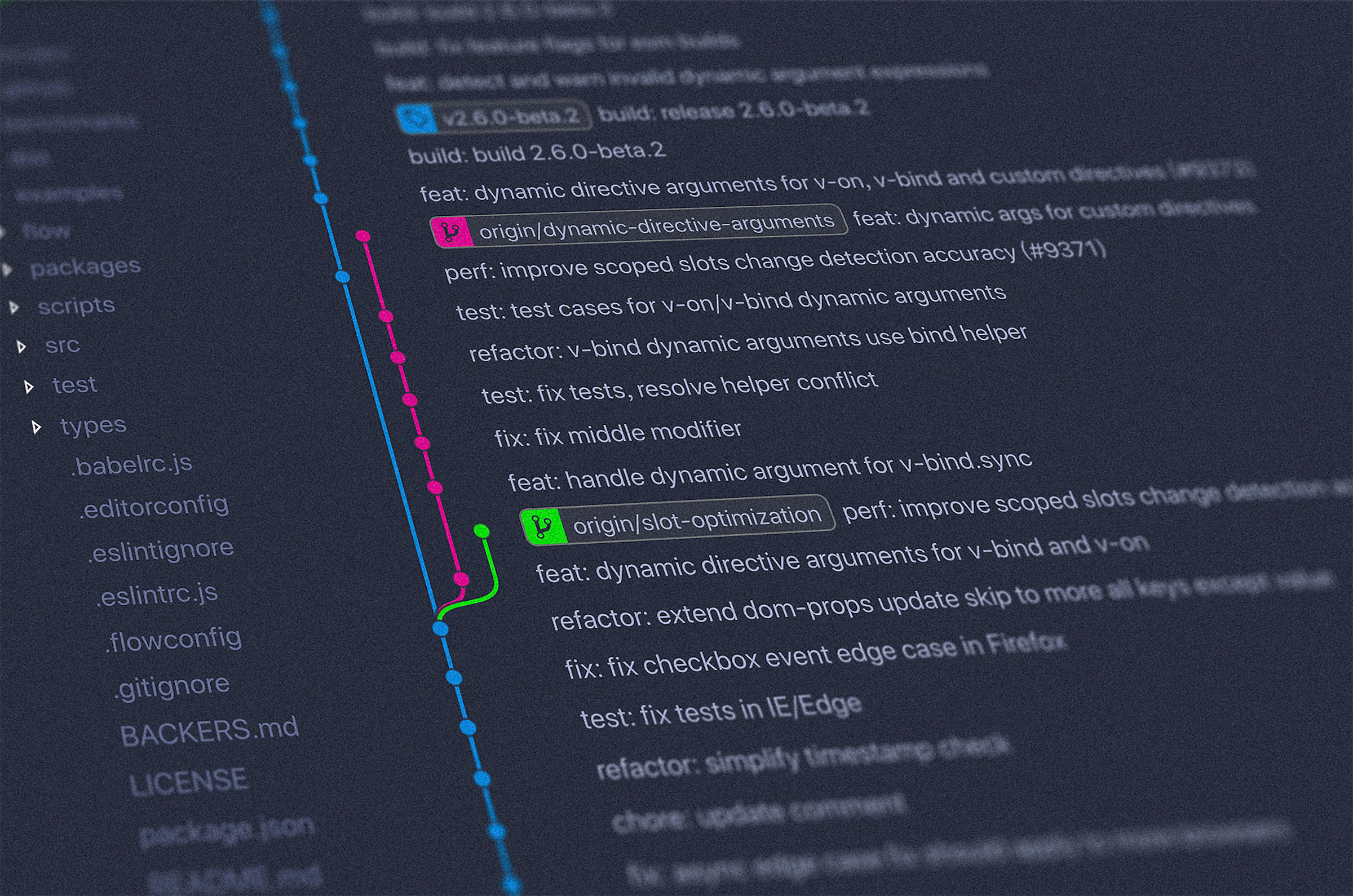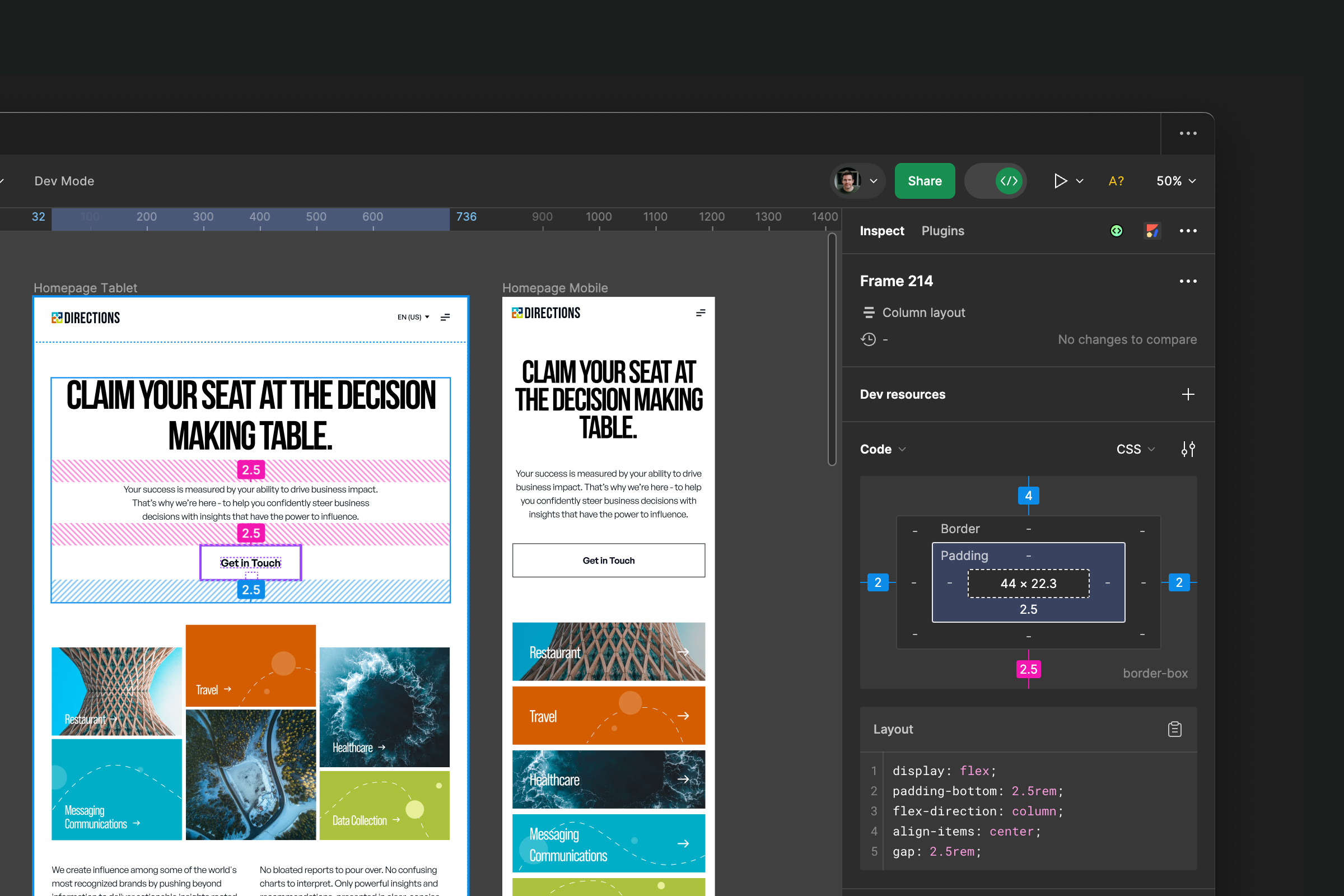Insights
How Empathy Can Improve Your Design Process

Empathy is a key principle of humane design. It involves putting yourself in the shoes of your users, understanding their needs and experiences, and designing products that meet those needs. Empathy can help you create more user-friendly products that are accessible, inclusive, and meet the diverse needs of your users.
In this article, we'll explore the benefits of empathy in the design process and provide tips on how to incorporate it into your workflow. We'll also look at real-world examples of companies that have used empathy to create successful and impactful products.
Understanding Empathy in Design
Empathy is the ability to understand and share the feelings of others. In design, empathy means understanding your users' needs and experiences and designing products that meet those needs. Empathy can help you create products that are more user-friendly, accessible, and inclusive.
Benefits of Empathy in the Design Process
Empathy is a crucial aspect of the design process. By incorporating empathy into your workflow, you can create products that meet the diverse needs of your users. Some benefits of empathy in the design process include:
- Increased user satisfaction
- Improved user experience
- Higher user engagement
- Increased accessibility
- Greater inclusivity
Tips for Incorporating Empathy into Your Workflow
Incorporating empathy into your design process requires a shift in mindset. It involves taking the time to understand your users, their needs, and their experiences. Here are some tips for incorporating empathy into your workflow:
- Conduct User Research: Conduct user research to understand your users' needs, experiences, and pain points. This will help you design products that meet their needs.
- Create User Personas: Create user personas to represent your target audience. User personas help you understand your users' needs and design products that meet those needs.
- Perform Usability Testing: Perform usability testing to gather feedback on your product's design and usability. This will help you identify areas for improvement and make design changes that improve the user experience.
Real-World Examples of Empathy in Design
Several companies have successfully incorporated empathy into their design process. One example is Airbnb, which conducted extensive research to understand the needs of its users and created a product that met those needs. Another example is Apple, which has a long history of creating products that are intuitive, easy to use, and accessible to everyone.
Resources for Learning More About Empathy in Design
If you're interested in learning more about empathy in design, there are several resources available online. Here are a few resources to get you started:
- The Design of Everyday Things by Don Norman: This book explores the relationship between design and usability.
- UX Collective: This website is a hub for UX designers and features articles on empathy in design.
- A List Apart: This website features articles on design, user experience, and accessibility.
- Nielsen Norman Group: This website provides research-based advice on user experience design.
Conclusion
Empathy is an essential ingredient in designing products that create a positive user experience. By putting yourself in the shoes of your users and understanding their needs and experiences, you can design products that are intuitive, easy to use, and accessible to everyone. Whether you're designing a website, an app, or a physical product, empathy is an essential ingredient in creating products that have a positive impact on people's lives.





































.jpeg)




.jpg)

.jpg)


.jpg)
